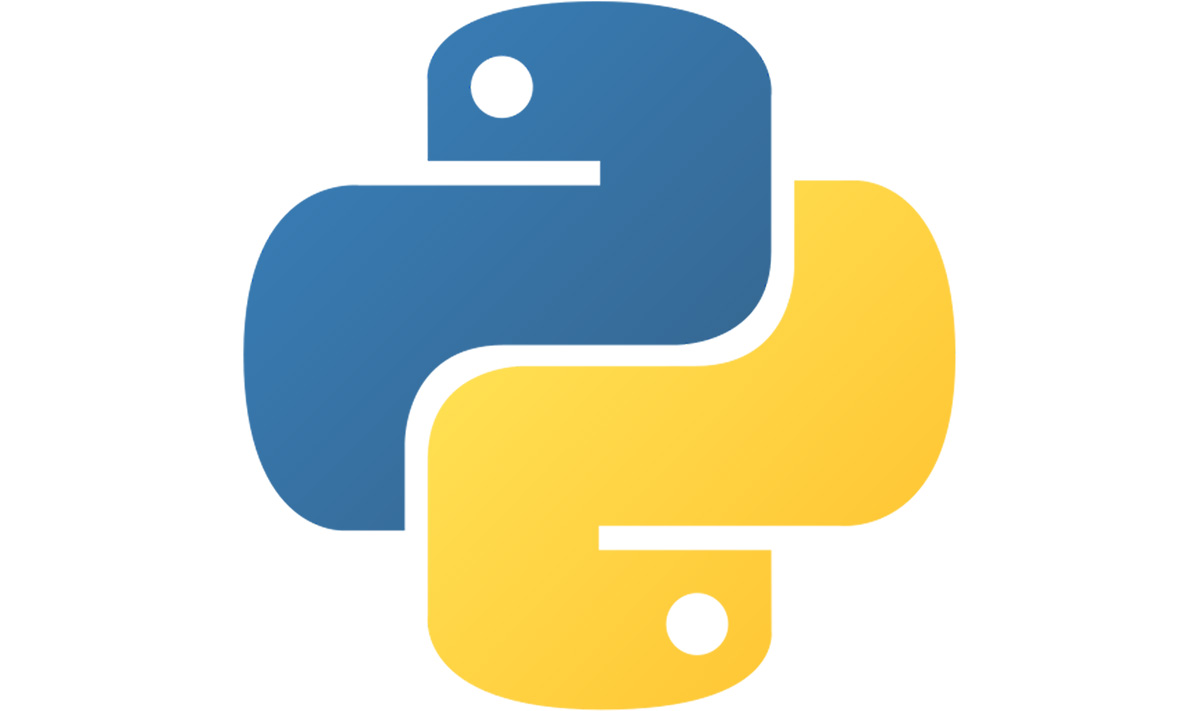Copy a Dictionary in Python: Edit Copy Only
Learn how to efficiently copy a dictionary in Python and modify the copy without affecting the original data, ensuring data integrity.
Learn how to efficiently copy a dictionary in Python and modify the copy without affecting the original data, ensuring data integrity.
This article explains how to effectively copy dictionaries in Python. It discusses the difference between shallow and deep copying, and when to use each method. The article also provides code examples to demonstrate the concepts.
In Python, dictionaries are mutable, meaning you can change their contents after creation. If you want to modify a dictionary while keeping the original intact, you need to create a copy. However, simply assigning a dictionary to a new variable doesn't create a true copy; it just creates a new reference to the same dictionary in memory. To illustrate, if you modify the "copy," the original dictionary will also be affected.
To create a true copy of a dictionary, you should use the copy module. This module provides two methods for copying objects: copy() and deepcopy().
The copy() method creates a shallow copy of the dictionary. This means a new dictionary is created, but the values inside the new dictionary still point to the same objects as the original dictionary. If the dictionary contains mutable objects like lists or nested dictionaries, modifying these objects in the copy will also modify them in the original.
For a completely independent copy, even with nested mutable objects, you need to use the deepcopy() method. This method creates a deep copy, which means it recursively copies all objects within the dictionary, including nested dictionaries and lists. As a result, modifications made to the copied dictionary, even within nested structures, won't impact the original dictionary.
Here's a simple example:
import copy
original_dict = {'a': 1, 'b': [2, 3], 'c': {'d': 4}}
# Shallow copy
shallow_copy = copy.copy(original_dict)
# Deep copy
deep_copy = copy.deepcopy(original_dict)In this example, shallow_copy and deep_copy are new dictionaries that initially contain the same data as original_dict. However, if you modify a nested list or dictionary within shallow_copy, the corresponding element in original_dict will also change. On the other hand, modifications to deep_copy won't affect original_dict at all.
Choosing between copy() and deepcopy() depends on your specific needs. If you have a simple dictionary without nested mutable objects, copy() is sufficient. But if your dictionary contains lists or other dictionaries, using deepcopy() ensures that modifications to the copy don't inadvertently affect the original dictionary.
This Python code demonstrates the difference between shallow and deep copying using the copy module. It creates a dictionary with nested lists and dictionaries, then makes a shallow copy and a deep copy of it. Modifications are made to the nested objects in both copies. The example shows that modifying a nested object in the shallow copy also affects the original dictionary, while modifications in the deep copy remain isolated, highlighting the importance of choosing the appropriate copy method based on the desired outcome.
import copy
# Create a dictionary with nested mutable objects
original_dict = {'a': 1, 'b': [2, 3], 'c': {'d': 4, 'e': [5, 6]}}
# Shallow copy
shallow_copy = copy.copy(original_dict)
# Deep copy
deep_copy = copy.deepcopy(original_dict)
# Modify a nested list in the shallow copy
shallow_copy['b'][0] = 10
# Modify a nested dictionary in the deep copy
deep_copy['c']['e'][1] = 20
# Print all dictionaries to see the changes
print("Original Dictionary:", original_dict)
print("Shallow Copy:", shallow_copy)
print("Deep Copy:", deep_copy)Output:
Original Dictionary: {'a': 1, 'b': [10, 3], 'c': {'d': 4, 'e': [5, 6]}}
Shallow Copy: {'a': 1, 'b': [10, 3], 'c': {'d': 4, 'e': [5, 6]}}
Deep Copy: {'a': 1, 'b': [2, 3], 'c': {'d': 4, 'e': [5, 20]}}
Explanation:
original_dict with nested lists and dictionaries.copy.copy(original_dict) creates shallow_copy.copy.deepcopy(original_dict) creates deep_copy.shallow_copy['b'][0] also changes the corresponding element in original_dict because they share the same list object.deep_copy['c']['e'][1] only affects the deep copy. The original dictionary remains unchanged because the deep copy has its own independent copies of nested objects.This example clearly demonstrates the difference between shallow and deep copying and when each is necessary to avoid unintended side effects when modifying dictionaries.
deepcopy provides true independence, it can be slower than copy, especially for large, deeply nested structures. If you're dealing with performance-critical code and don't need a deep copy, stick with copy.copy module: For simple dictionaries, you can create copies using the dict() constructor or dictionary comprehension:
new_dict = dict(original_dict)new_dict = {key: value for key, value in original_dict.items()}id(object) to check the memory address of the dictionary and its supposed copy can help identify if they are indeed distinct objects.| Feature | copy() |
deepcopy() |
|---|---|---|
| Copy Type | Shallow | Deep |
| Nested Objects | References to original objects | Creates independent copies |
| Impact of Modification | Changes in copy may affect the original | Changes in copy do not affect the original |
| Use Case | Simple dictionaries without nested mutable objects | Dictionaries with nested mutable objects (lists, dictionaries) |
| Example | copy.copy(my_dict) |
copy.deepcopy(my_dict) |
Key Points:
copy module for creating true copies.copy() for simple dictionaries and deepcopy() for dictionaries with nested mutable objects to avoid unintended modifications.Understanding how to correctly copy dictionaries in Python is crucial for avoiding unexpected behavior in your programs. Remember that simple assignment only creates references, not independent copies. Utilize the copy() method for basic dictionaries and deepcopy() when dealing with nested mutable objects within your dictionaries. By choosing the appropriate copying method, you can confidently modify dictionaries without unintentionally altering the original data, leading to more robust and predictable Python code.
 Copy a Python Dictionary and only Edit the Copy - GeeksforGeeks | A Computer Science portal for geeks. It contains well written, well thought and well explained computer science and programming articles, quizzes and practice/competitive programming/company interview Questions.
Copy a Python Dictionary and only Edit the Copy - GeeksforGeeks | A Computer Science portal for geeks. It contains well written, well thought and well explained computer science and programming articles, quizzes and practice/competitive programming/company interview Questions. Copy dictionary and modify it without affecting the original - Ignition ... | Good morning. I have copied a dictionary and would like to modify the copy without affecting the original. That’s easy when the dictionary elements are integers or strings, but if there are nested dictionaries, when I modify the copied dictionary, the original is modified. For example (this is a simple example, actually I want to modify a “pen” (PowerChart) ): As we can see in the image, the element [“a”] and [“b”], are only modified in “dic2”. That is expected. But the element [“c”][“c1”...
Copy dictionary and modify it without affecting the original - Ignition ... | Good morning. I have copied a dictionary and would like to modify the copy without affecting the original. That’s easy when the dictionary elements are integers or strings, but if there are nested dictionaries, when I modify the copied dictionary, the original is modified. For example (this is a simple example, actually I want to modify a “pen” (PowerChart) ): As we can see in the image, the element [“a”] and [“b”], are only modified in “dic2”. That is expected. But the element [“c”][“c1”... Modify a dictionary under a new name modifies the original ... | x=Dict( row=> DataFrame( y=1) ) z=x push!(z, y=2) x gives me 1,2 How do I get it to only give me 1?
Modify a dictionary under a new name modifies the original ... | x=Dict( row=> DataFrame( y=1) ) z=x push!(z, y=2) x gives me 1,2 How do I get it to only give me 1? Copy-editor, copyeditor or copy editor. Which are you? | If you're a copyeditor (copy editor, copy-editor) like me, there are three ways to write your job title. How do you choose the best one for you?
Copy-editor, copyeditor or copy editor. Which are you? | If you're a copyeditor (copy editor, copy-editor) like me, there are three ways to write your job title. How do you choose the best one for you? How to copy a dictionary and only edit the copy | There are a few ways to copy a dictionary in Python, depending on the level of copying that you need.
How to copy a dictionary and only edit the copy | There are a few ways to copy a dictionary in Python, depending on the level of copying that you need. Copy a dictionary, except some keys - Ideas - Discussions on ... | How common is the need of getting a copy of a dict, except some of its keys? It happens to me quite frequently that I need a similar dict to what I have, but without some of its keys. Of course I can’t just remove the keys, as other parts of the code still uses the full dict. I end up doing stuff like this: new_dict = {k: v for k, v in old_dict.items() if k not in {'key1', 'key2'}} What if we could do just…? new_dict = old_dict.copy(avoid_keys=('key1', 'key2')) Alternatives: new_dict = ...
Copy a dictionary, except some keys - Ideas - Discussions on ... | How common is the need of getting a copy of a dict, except some of its keys? It happens to me quite frequently that I need a similar dict to what I have, but without some of its keys. Of course I can’t just remove the keys, as other parts of the code still uses the full dict. I end up doing stuff like this: new_dict = {k: v for k, v in old_dict.items() if k not in {'key1', 'key2'}} What if we could do just…? new_dict = old_dict.copy(avoid_keys=('key1', 'key2')) Alternatives: new_dict = ... Share Excel web Workbook and Force Copy in order to Edit ... | Nov 1, 2022 ... Only major issue; some bits of the VBA codes having to do with Dictionary were not supported on Mac... which is a major problem for something ...
Share Excel web Workbook and Force Copy in order to Edit ... | Nov 1, 2022 ... Only major issue; some bits of the VBA codes having to do with Dictionary were not supported on Mac... which is a major problem for something ...